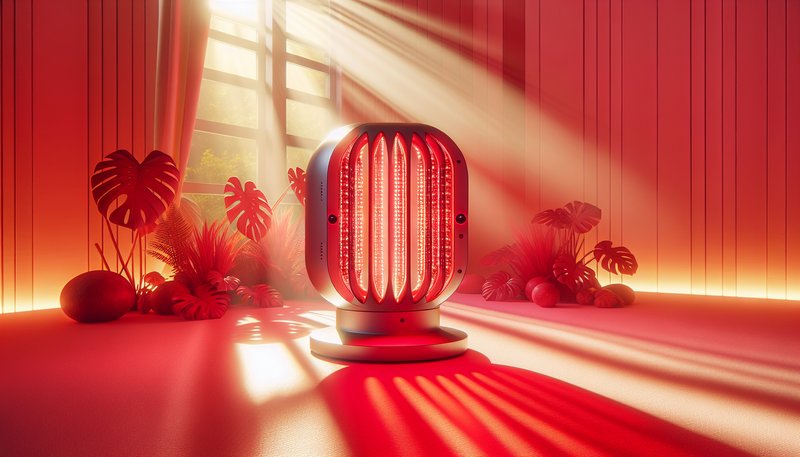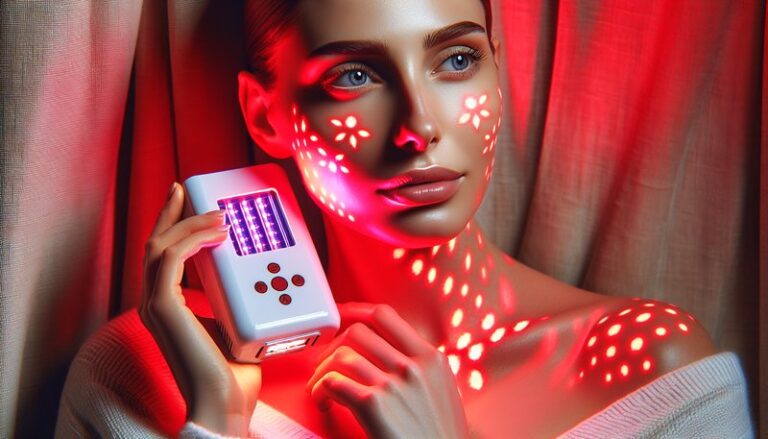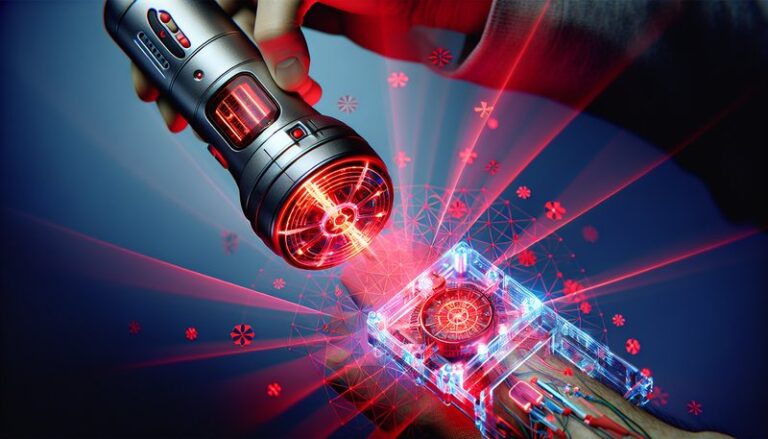Does Red Light Therapy Kill Viruses?
Does Red Light Therapy Kill Viruses?
Can light truly heal? With the rise of alternative therapies, red light therapy (RLT) has garnered attention for its purported benefits in various health realms, including potentially killing viruses. This article investigates the science behind red light therapy and its effectiveness against viruses. We will explore its definition, benefits, considerations, and alternatives.
Key Takeaways
- Red light therapy utilizes specific wavelengths of light to promote healing and potentially combat viral infections.
- While some studies show promising results, more research is necessary to confirm its efficacy against viruses.
- Red light therapy is generally considered safe, with minimal side effects compared to traditional antiviral treatments.
What is Red Light Therapy?
Red light therapy is a treatment that applies specific wavelengths of light (typically in the range of 600 to 650 nanometers) to the skin and underlying tissues. This method is believed to stimulate cellular processes, enhance healing, reduce inflammation, and alleviate pain.
RLT has been used in various medical and cosmetic applications, from treating skin conditions like acne and psoriasis to aiding post-surgical recovery. Emerging research suggests that it might also have antiviral properties, particularly in fighting influenza and other viral infections.
The Mechanism Behind Red Light Therapy
Red light therapy works by penetrating the skin and stimulating cellular activity in the mitochondria, the powerhouses of the cell. This process enhances ATP (adenosine triphosphate) production, which provides energy to cells. Increased energy can support cellular repair processes, thereby bolstering the immune system’s response to infections.
What are the Benefits of Red Light Therapy?
The benefits of red light therapy extend beyond potential viral impact. Each of the following points highlights its varied advantages.
Enhanced Healing and Recovery
Numerous studies indicate that red light therapy can significantly speed up healing in damaged tissues. For instance, a study published in the Journal of Photomedicine and Laser Surgery noted faster recovery times in patients receiving RLT after surgery.
Anti-Inflammatory Effects
Chronic inflammation is linked to various diseases, including autoimmune conditions and some viral infections. RLT has been shown to reduce inflammation by inhibiting pro-inflammatory cytokines, thus supporting overall health and resistance to infections.
Improved Skin Health
RLT can stimulate collagen production, improving skin elasticity, reducing wrinkles, and enhancing the overall complexion. This aesthetic benefit makes RLT appealing in cosmetic practices as well as for health-related uses.
Potential Antiviral Properties
While research is ongoing, some evidence suggests that red light may impact viral replication. A study demonstrated that certain light wavelengths could inactivate the influenza virus, offering a glimpse of RLT’s potential antiviral capabilities.
Is it Possible to Kill Viruses with Red Light Therapy?
While there is indeterminate evidence on whether red light specifically kills viruses, some studies indicate that it may inhibit viral replication or enhance immune responses against infections. It’s essential to clarify that RLT should not replace traditional antiviral treatments but could complement them.
What are the Advantages of Using RLT for Viral Infections?
Employing RLT for potential antiviral effects offers several benefits, including:
- Non-Invasive Treatment: Unlike many antiviral medications, RLT is non-invasive and involves no chemical agents that may cause side effects.
- Enhanced Immune Response: RLT may enhance the immune system’s ability to combat viral infections more effectively.
- Overall Well-Being: Patients may experience improvements in mood, energy, and overall health, which could aid recovery.
What are the Disadvantages of Using RLT for Viral Infections?
Despite some positive indicators, there are limitations to consider:
- Limited Research: The current body of research on the antiviral effects of RLT remains limited and not comprehensive.
- Not a Standalone Solution: RLT should not replace conventional treatment routes for serious viral infections and diseases.
- Variability in Results: Responses to RLT can vary significantly among individuals, with some experiencing benefits while others do not.
What are the Things to Consider Before Trying Red Light Therapy?
Before opting for red light therapy as a treatment for viral infections or any health issue, it’s crucial to consider the following:
Consult a Healthcare Professional
It is essential to discuss with a healthcare provider before starting any new treatment, especially if you have existing health conditions.
Quality of Equipment
The effectiveness of RLT significantly depends on the quality of the device used. Ensure that you source your treatment from credible suppliers who provide well-tested and validated devices.
Treatment Protocol
Different viral conditions may require specific protocols and durations of treatment. Relying on established guidelines is crucial for achieving desired results.
What are the Alternatives to Red Light Therapy?
If you are exploring options for managing viral infections, consider these alternatives:
Antiviral Medications
Conventional antiviral medications, such as Tamiflu or acyclovir, are often prescribed for specific viral infections. These medications have undergone extensive testing and are widely recognized for their efficacy against viruses.
Get all the info in Daily Red Light Therapy?
Immune Support Supplements
Supplements such as vitamin C, vitamin D, and zinc are commonly utilized to support immune function and may contribute to better recovery from viral infections.
Discover the insights in Best Wavelength for Red Light Therapy
Traditional Therapies
Acupuncture, herbal medicines, and other traditional therapies have been used for centuries to bolster recovery from illnesses, including viral infections.
Conclusion: Is it Recommended to Use Red Light Therapy for Viral Infections?
While red light therapy shows potential for various health applications, including its role in enhancing immune response against viruses, more research is needed to definitively conclude its efficacy in killing viruses. For individuals considering this treatment, it is crucial to consult healthcare professionals and to use RLT as a complementary therapy rather than a primary treatment.
Frequently Asked Questions
Does red light therapy have any side effects?
Generally, red light therapy is safe with minimal side effects, but some individuals may experience mild skin irritation or redness.
How often should I use red light therapy?
For optimal results, treatment frequency can vary based on the condition being confronted. Typically, sessions last 10-30 minutes several times a week are recommended, but always consult with a healthcare professional.
Can red light therapy be used at home?
Yes, many at-home devices are available for purchase. However, ensure you acquire them from reputable sources and follow the manufacturer’s guidelines.
Can red light therapy replace vaccines or medication for viral infections?
No, red light therapy should not replace vaccines or prescribed antiviral medications. Instead, it could serve as an adjunctive therapy, enhancing overall immune health.
Are there specific types of viruses RLT is most effective against?
Research is still ongoing, but preliminary studies indicate potential effectiveness against certain strains of the influenza virus and other respiratory viruses. More comprehensive studies are needed to determine specific viral targets.






